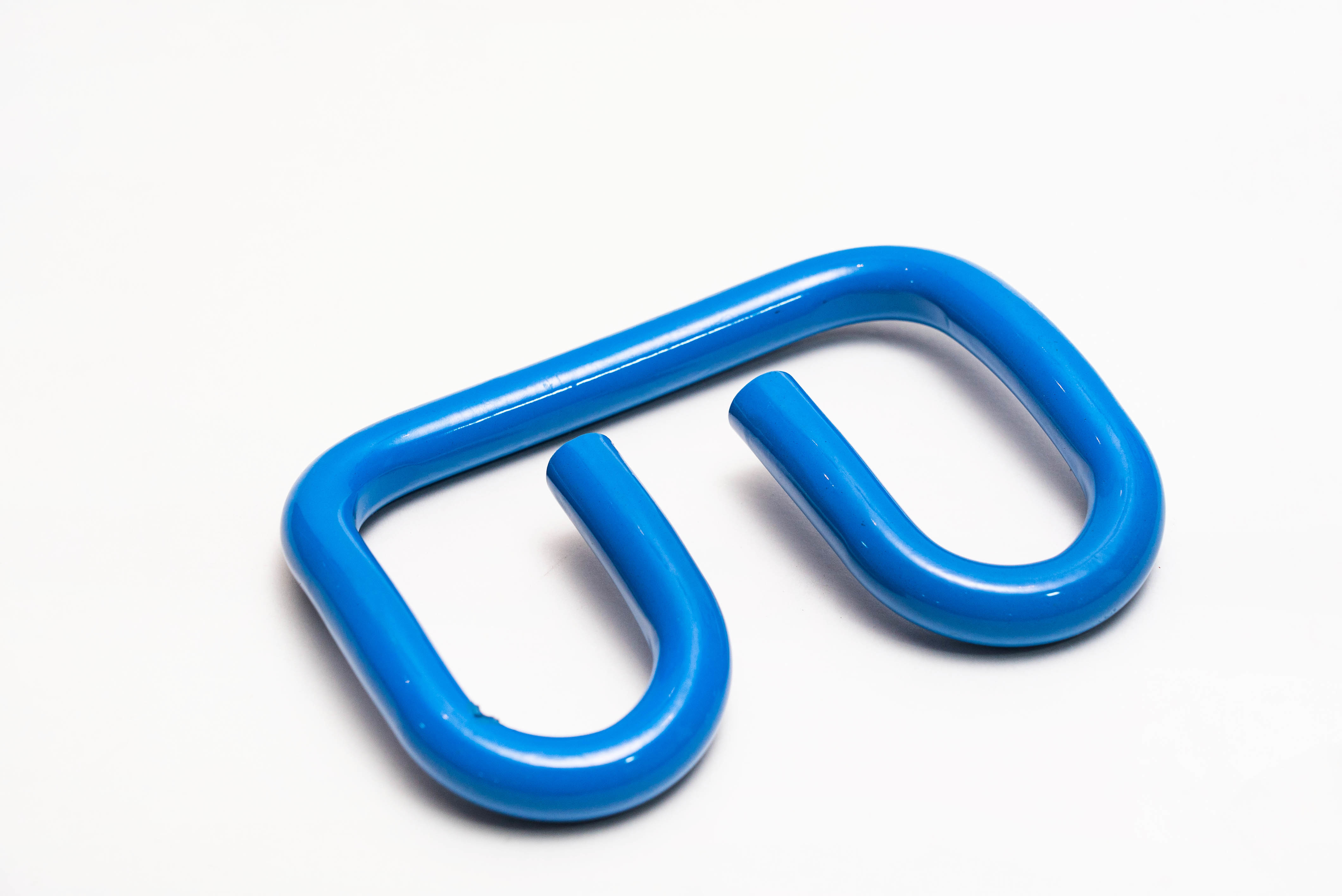-
ProductsAt present, the company has the ability to produce 50000 tons of rail buckle accessories annually. The product series includes various specifications of spring bars Gauge baffles, switch special pads, joint clamps for 43kg, 50kg, 60kg steel rails, various export products, etc

-

-
AboutThe company was established in 1994 and is a production enterprise specializing in the research and development, production, and sales of railway line specific accessories

Understanding Rail Fasteners: Essential Components for Railway Infrastructure
May 13,2025
Rail fasteners are vital components in the railway infrastructure, serving a fundamental purpose in securing rails to sleepers and ensuring the stability of the track. These fasteners play a crucial role in maintaining track alignment and safety, making them indispensable in the transportation sector, particularly in rail systems. There are several types of rail fasteners, including spikes, clips,

There are several types of rail fasteners, including spikes, clips, and bolts, each serving a specific function. Spikes are traditional fasteners that are driven into wooden sleepers to secure the rail in place. Rail clips, often used with concrete sleepers, provide better stability and can be installed more easily. Bolts, on the other hand, are used to connect various components of the track system and allow for adjustments during maintenance.
The selection of rail fasteners is influenced by various factors, including the type of railway system (heavy rail, light rail, or high-speed rail), the environmental conditions (temperature fluctuations, humidity, etc.), and the expected load on the track. For instance, high-speed rail systems require fasteners that can withstand greater forces and provide enhanced stability compared to traditional systems. Additionally, the materials used in manufacturing rail fasteners can vary, with options including steel, plastic, and composite materials, each offering distinct benefits.
Maintenance of rail fasteners is equally important, as wear and tear can compromise their effectiveness over time. Regular inspections are essential to identify any signs of deterioration, such as corrosion or loosening, which could lead to track misalignment and safety hazards. Implementing a proactive maintenance schedule can significantly extend the lifespan of rail fasteners and ensure the smooth operation of railway services.
Moreover, advancements in technology are continuously improving the design and performance of rail fasteners. Innovative engineering solutions, such as the use of advanced materials and smart technologies, are enhancing their durability and efficiency. Rail fasteners equipped with sensors can provide real-time data on their condition, allowing for timely maintenance and reducing the risk of failures.
In conclusion, rail fasteners are a critical aspect of railway infrastructure, contributing to the safety and reliability of transport systems. By understanding their types, functions, and maintenance needs, professionals in the transportation sector can ensure that railway operations run smoothly and efficiently. Investing in the right rail fasteners and staying abreast of technological advancements will undoubtedly enhance the overall performance of railway systems.
Recommended
There is one sheet production line and two high-precision engraving machines, with an annual production capacity of 6 million railway special height adjustment pads.
Electrostatic spraying workshop
There is one electrostatic spray equipment production line and one spray paint production line, with an annual production capacity of 10,000 tons.
Contact Us
Henan Xinda Railway Equipment Co., Ltd
Fax: +86-372-2615999
Tel: +86-18567891234
Email:info@xindarail.com
Send us your request
we will get in touch with you as soon as possible
COOKIES
Our website uses cookies and similar technologies to personalize the advertising shown to you and to help you get the best experience on our website. For more information, see our Privacy & Cookie Policy
COOKIES
Our website uses cookies and similar technologies to personalize the advertising shown to you and to help you get the best experience on our website. For more information, see our Privacy & Cookie Policy
These cookies are necessary for basic functions such as payment. Standard cookies cannot be turned off and do not store any of your information.
These cookies collect information, such as how many people are using our site or which pages are popular, to help us improve the customer experience. Turning these cookies off will mean we can't collect information to improve your experience.
These cookies enable the website to provide enhanced functionality and personalization. They may be set by us or by third-party providers whose services we have added to our pages. If you do not allow these cookies, some or all of these services may not function properly.
These cookies help us understand what you are interested in so that we can show you relevant advertising on other websites. Turning these cookies off will mean we are unable to show you any personalized advertising.

